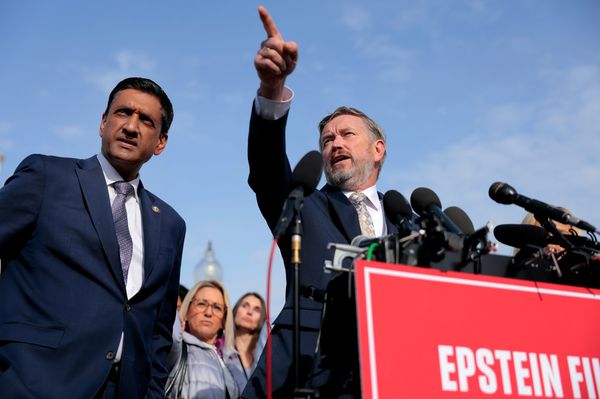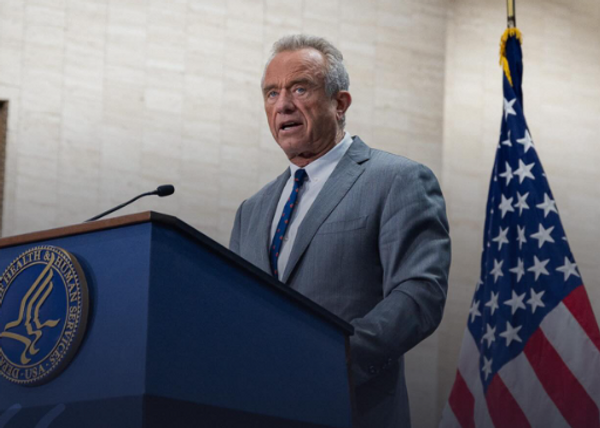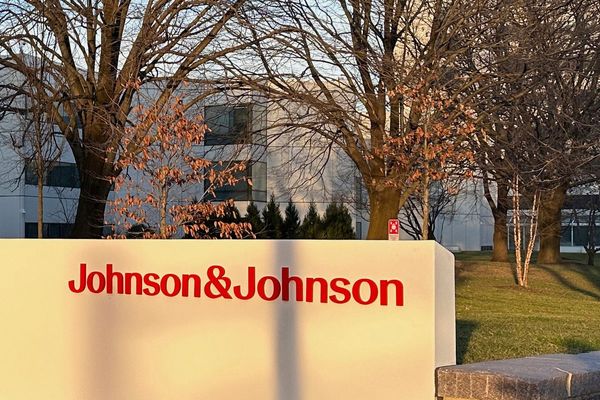Fifty years after the end of the Vietnam war, the long-term consequences of that conflict continue to affect many Vietnamese people’s daily lives. There are still thousands of unexploded mines and bombs strewn across the region in forests, rice fields and around villages.
The war (1955-75) pitted communist North Vietnam and its allies against South Vietnam and its ally, the US, and spilled into Laos and Cambodia. It was seen partly as a symbol of the cold war and a conflict between communist values and the west.
In 2019, the US Congress estimated that more than 20% of land in Vietnam, Laos and Cambodia remained “contaminated” by unexploded ordnance (UXO). In 2023, in Vietnam alone, this was estimated to mean around 800,000 tonnes of bombs and mines remained. Since 1975, UXO accidents have caused more than 105,000 casualties, including more than 38,000 deaths of Vietnamese civilians.
But mine clearance and attempts to clean up the results of the toxic Agent Orange sprayed on the Vietnamese countryside during the war have been put on hold by Donald Trump’s government, as the administration dismantles US foreign aid (USAID).
In the last few weeks, funds for the clean-up of Agent Orange at Bien Hoa air base, close to Ho Chi Minh City, were frozen and then unfrozen. It remains unclear how, or whether, the process will be able to continue when many of the personnel involved have lost their jobs.
Meanwhile, a USAID project helping the victims of Agent Orange appears to have ended along with the agency that delivered it. And in January, the US state department announced it was suspending mine clearance in Vietnam, Laos and Cambodia for at least three months because of the cuts.
In another development that suggests the relationship between Vietnam and the US is fragile, senior US diplomats based in Vietnam have been told not to attend any commemorations marking the end of the Vietnam war in Hanoi.
What’s the backdrop?
During the conflict, the US military dropped millions of tonnes of ordnance on Vietnam as well as neighbouring Cambodia and Laos.
Even though Laos and Cambodia were not officially involved in the war, recent research has revealed that in the 1960s and 1970s, the Americans dropped more bombs on Cambodia than the allies did on their enemies during the second world war, and that Laos became the most bombed country per head of population in history.
As a result, every year hundreds of people across south-east Asia, many of them children, continue to be killed and maimed by these bombs and mines.
Agent Orange’s legacy
Agent Orange and other chemical defoliants used during the war are also still spreading their toxic legacy. US forces sprayed at least 70 million litres of these chemicals on the countryside during the war, to expose the enemy and destroy its food sources.
This process proved potentially catastrophic for anyone, including Americans, who was exposed to Agent Orange at the time – as well as their children, as it is linked to birth defects.
Today, millions of people — many of whom were not even alive during the conflict — continue to suffer from physical and mental conditions that can be directly linked to Agent Orange, despite the challenges of documenting cases.
And countless people who fought and died in the war remain missing. While close to 60,000 Americans were killed and the bodies of some 1,600 of them are still unaccounted for, hundreds of thousands — probably millions — of Vietnamese, Laotians and Cambodians died. Many of their remains have never been found.
This has led the International Commission on Missing Persons to suggest that about 200,000 Vietnamese people killed during the war are in “anonymous or unknown gravesites” across the country.
In recent years, the US and Vietnam governments have worked together to undo some of the damage of the war, as part of the American and Vietnamese diplomatic reconciliation process. This has included the state department in Washington providing millions of dollars for the clearance of unexploded ordnance.
The US government had also funded a multi-million dollar clean-up of areas on which Agent Orange was used, and supported treatment for those it affected.
In recent years, governments of both nations also worked on projects to find the remains of Americans and Vietnamese killed in the war. Members of the public and veterans have been part of this search.
US-Vietnamese ties have taken decades to build and involve many people at different levels of government in Hanoi and Washington. But Trump’s decision to halt funding for landmine removal as well as medical support in Vietnam will seriously endanger this work, and could leave hundreds of lives still at risk.
Andrew Priest does not work for, consult, own shares in or receive funding from any company or organisation that would benefit from this article, and has disclosed no relevant affiliations beyond their academic appointment.
This article was originally published on The Conversation. Read the original article.







